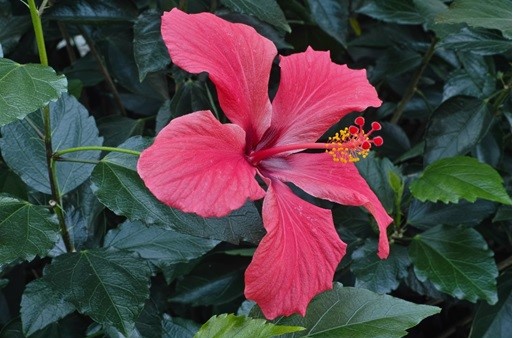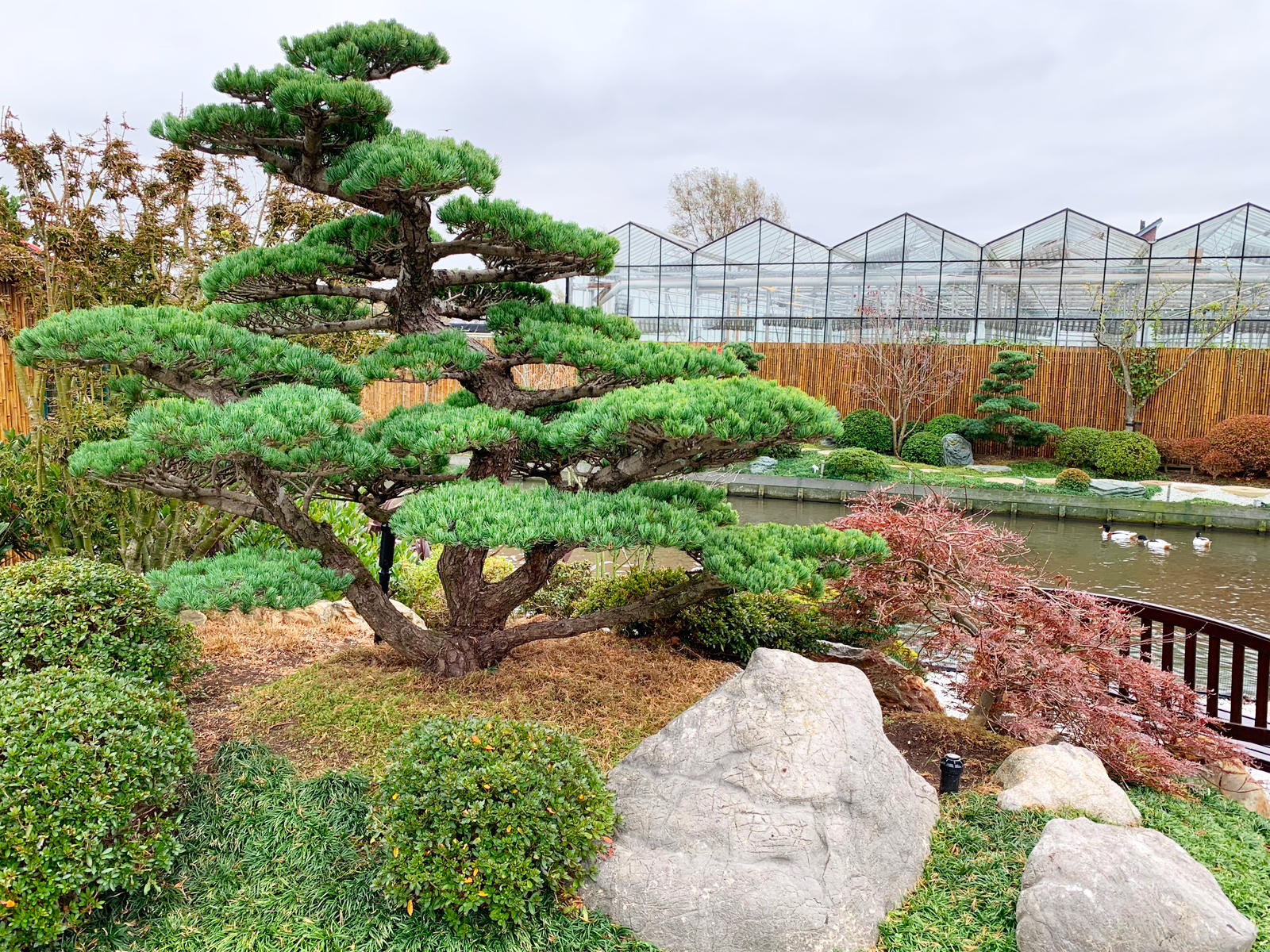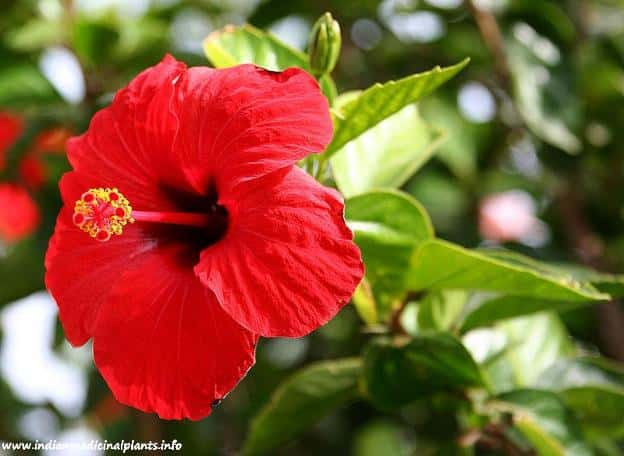Unlock the Magic of Japa Plant: Your Ultimate Guide to Growth & Joy

The Real Deal on the Japa Plant: Years of Lessons from the Garden, Home, and Heart
Step into any Indian courtyard just after dawn and you’ll notice it: a single green shrub, dew beaded along veined leaves, thick with scent that jolts the senses awake. That’s the Japa plant—better known as Holy Basil or Tulsi—a keystone of daily rituals and centuries-old medicine. If you’re here for the practical how-to, rich tradition, or simply curiosity stirred by its legends, welcome. This isn’t your average plant profile; this is a distillation of tried methods, honest mistakes, unexpected lessons, and that deep satisfaction only someone who’s grown (and sometimes neglected) tulsi can deliver.

1. What Is “Japa”: Clearing Up a Decade of Confusion
Years ago I used to think “Japa” and Tulsi were always one and the same. In practice? Not so tidy! Here’s what I’ve learned:
- In most North Indian homes: Japa means Ocimum tenuiflorum (Holy Basil)—the Queen of Herbs.
- In Bengali/Ayurvedic circles: “Jaba” or “Japa Pushpa” points to Hibiscus (Hibiscus rosa-sinensis).
- Online seed sellers: Often conflate everything labeled “Indian basil”—I’ve bought three mismarked varieties in five years!
The lesson: Always check for scientific names. Ask your nursery owner plainly (“Is this Ocimum tenuiflorum?”). Years ago Dr. Mistry at Byculla market saved me from buying common sweet basil as “tulsi”—and my spring tea never tasted off again.
Quick Botanical Breakdown
| Feature | Japa Tulsi (O. tenuiflorum) | “Jaba/Japa Pushpa” (Hibiscus) |
|---|---|---|
| Family | Lamiaceae (Mint) | Malvaceae |
| Iconic part | Leaves; purple-pink spikes | Large showy red flowers |
| Fragrance | Spicy-clove aroma | Nearly scentless |
If you’re reading this article outside India: double-check supplier photos versus these details—they matter more than you’d think!
2. Myths Busted & Basics Nailed: Learning Through Error
Tulsi is not fuss-free—but it tells you what it likes if you pay attention.
Sensory ID: Become a Plant Detective
You don’t need a botany degree—just use your senses:
- Sight: True tulsi leaves are smaller than supermarket basil; Rama variety stays bright green, Krishna gets dramatic with purple veins.
- Touch: Slight fuzz under the fingers; stems feel square-edged if rolled.
- Smell: Nothing matches that pungent snap when crushed—think clove meets bubblegum meets pepper!
(Side story: My first attempt at drying leaves yielded almost no aroma—the wrong species entirely.)
What Makes Tulsi Stand Out?
Unlike oregano or mint, tulsi seems to pulse with energy—even indoors. In dry heatwaves where my rosemary shrivels up sulking, tulsi bounces back after one good soak! It springs roots from halfway-buried nodes if left moist—a resilience I wish other herbs had.
3. Sourcing & Starting Right: Avoid My Early Mistakes
Seeds vs Seedlings vs Cuttings
I trialed all three:
- Seeds (best for cost/variety): Look for open-pollinated organic packets—not mystery packets marked only “holy basil.” Expect a month before real progress.
- Seedlings (nursery starts): Worth every extra rupee/dollar for first-timers!
- Cuttings (from friends/relatives): Snip 10 cm stem with at least two leaf pairs; root in water on a sunny window ledge—you’ll see nubs by week’s end.
Cost note: Last year’s packet from Ugaoo was ₹75 (~$0.90 USD), yielding over a dozen healthy seedlings.
Location Wisdom
From trial-and-error across Mumbai high-rises and New England windowsills:
- Outdoors? Prioritize full sun—6 hours minimum—or your stems will stretch thin like desperate office workers near snack time.
- Indoors? East/south-facing window ledges have best morning light; north-facing rooms need grow lights (mine paid itself off in one winter).
Don’t Forget Soil Prep!
Here’s my “fail-proof” recipe post many soggy casualties:
1 part garden loam + 1 part compost + hefty handful perlite/grit
For potted plants in rainy monsoons, always add drainage stones to base.
Pro tip learned HARD after two summers scraping out blackened roots: Never reuse old soil from failed batches—it harbors root rot spores that resist even aggressive drying.
4. The Unspoken Rhythms of Water & Pruning
My notes from five consecutive growing seasons read like an evolving dance:
The Moisture Balancing Act
“Water deeply but infrequently”: Let top inch dry before next cycle.

One July I lost half my pots to root rot—not wilting from drought but drowning in kindness! Now I stick a chopstick in soil; if damp below knuckle-level in morning light, wait.
Pruning Is Not Optional
The difference between lush bushiness and scraggly stalks? Weekly pinching:
Grandma Rukmini always said: “Pinch every Friday after bath.”
Sure enough: miss two weeks = leggy disaster!
If flowering isn’t your goal yet, snip flower stalks early—they charge energy into bushy new growth instead.
5. When Things Go Sideways…And How to Fix Them Quickly
No shame here—nearly every problem has showed up on my balcony at some point:
Common Disasters & Battle-Tested Fixes
| Symptom | My Real Diagnosis | Reliable Solution |
|---|---|---|
| Wilted despite watering | Roots suffocating | Unpot gently; trim mushy roots; repot drier soil |
| Pale/yellow leaves | Starved twice during monsoon | Top-dress compost tea monthly |
| Leggy / sparse foliage | Left pot near kitchen exhaust vent | Relocate + add mirror/grow-light bounce |
| Pests chewing leaves | Aphids love tender shoots | Neem oil spray at dusk weekly |
Time is flipping critical—catching root issues within two days meant an 80% revival rate versus less than half if ignored until full leaf loss!
6. Cultivation Hacks Seasoned Growers Swear By
This section isn’t easy to stumble upon trawling YouTube or generic gardening blogs…
Microclimate Tweaks
On scorchingly dry days (<40% humidity), set plants atop trays filled with pebbles/water—not touching but close enough for ambient boost.
On windblown terraces? A mesh shade cut afternoon sun intensity without blocking morning rays—tripled leaf mass on my second-year Krishna tulsi patch!
All-Seasons Harvest Trick
Stagger sowing every eight weeks during peak growth months; this hedges bets against random die-off AND ensures constant fresh teal eaves for chai-brewing right through winter solstice celebrations.
Potency Timing Secrets
Several respected vaidyas confided they harvest major leafy branches during waxing moon phases—and yes, we found richer scent oils just after new moon than any other interval! Science later attributed this to circadian chemistry changes…another example of traditional practice anticipating modern findings by centuries.
7. Inside My Gardening Toolbox—and Why Each Tool Earned Its Place
A few gadgets made repeated success much easier:
- Stainless steel snips (Sterilize every time! Since losing one batch to stem blight in ’16 I never skip this step.)
- Simple digital soil moisture probe (~₹400/$5)—let tech save guesswork
- DIY compost bin tucked out back—kitchen peels transformed into supercharged mulch
- Full-spectrum LED bulb ($12 investment saved countless seedlings during gloomy Novembers)
Don’t skimp on labels either—I used chalk pens last spring so I finally stopped mixing up Krishna and Rama pots once stems turned purple post-monsoon!

Resource tip: For true seeds/plants online try Strictly Medicinal Seeds USA or certified herbalist suppliers locally—not the cheapest route but far less risk of imposters ruining therapeutic value.
8. Stories From Real Life: From Sacred Corners To Kitchen Comforts
Let me give you snapshots I wish someone shared with me sooner:
Apartment Balcony Miracle
Last summer Priya sent me WhatsApp updates weekly as her single sprig survived Mumbai midsummer neglect—a neighbor watered only twice that whole month! She brought her first flower spike inside for Diwali prayers…then gave away bundles of dried leaves as new year blessings by December.
Temple Courtyard Revival
A south Gujarat temple started collective planting sessions post-pandemic lockdowns—not only did participation jump among teens learning hands-on care skills (“I never knew holy plants could smell spicy!” overheard during their first pruning day), but foot traffic among elderly devotees increased due to demand for fresh puja-tulsi each festival season.
Homegrown Business Breakthrough
A friend launched homemade tulsi-honey elixirs using backyard harvest plus Mumbai market honey—selling out his entire batch thanks to glowing testimonials about flavor synergy compared to imported blends sitting staled on supermarket shelves!
9. Your Action Plan—How To Become A Confident Japa Plant Steward Fast
Break it down day-by-day:
Day 1–2: Choose sunniest possible spot indoors/outdoors; order genuine seeds/plants labeled Ocimum tenuiflorum.
Day 3–7: Prep light-rich compost-based potting mix—not dense mud!
Week 2–3: Sow/plant gently; keep surface moist but never swampy.
Week 4 onward: Start pruning while waiting for explosive branching (trust me—prune nervously at first…it pays off).
Monthly: Feed diluted compost tea or organic fertilizer sparingly.
Quarterly season checks: Dense foliage? Strong scent? No sticky pests underneath?
Celebrate small wins—a mug of garden-fresh chai is still the best feedback loop there is.
And document everything—even failures tell stories worth reading again next year when spring fever hits anew.
10. Beyond Basics: Legacy Projects & Deeper Knowledge
Ready for advanced moves?
- Master stem cuttings mid-spring—a pure confidence-builder!
- Grow both Rama and Krishna side-by-side each season—for taste tests between friends and family (“Which makes better lemonade?” ignited lively debate last Holi).
- Try new recipes beyond teas—I simmer twigs/leaves directly into pasta sauce now for earthy undertones missing from dried Italian basil jars.
- Share written or photo journals online—it inspires neighbors more than printed guides ever could!
- Dive into Ayurvedic texts interpreting holy basil’s effects alongside latest PubMed studies about eugenol and ursolic acid benefits—it truly bridges old wisdom with modern wellness science.
Above all else? Savor slowing down each morning beside your japa plant—a connection deeper than potted décor ever promises at first glance.
Bookmark this resource—each tip comes hard-won through error as much as expertise—and may you find not just thriving greenery but comfort, healing ritual…and occasionally chaitime joy topped with fragrant homegrown leaves!



